THAT BUCK ROGERS STUFF 2020 by Jerry Pournelle 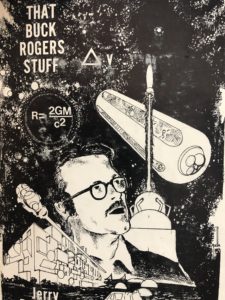
in association with the estate of Ron Villani
Before becoming a #1 NY Bestseller, Jerry made some surprise predictions including laser launches, space-based Solar Power, personal computers, hand held communication devices, the fall of the Soviet Union and private commercialization of space. The first collection of essays appeared in a limited edition hardcover in 1977 called THAT BUCK ROGERS STUFF.
Today, Castalia House in association with ChaosManor™ Press presents an updated version of THAT BUCK ROGERS STUFF updated and addended with a rare 1978 collaboration with commercial artist Ron Villani. Why?
Ray guns, weekend serials and space toys fueled the early development for Jerry as a kid in Memphis. Shown here is this 1934 Buck Rogers rocket ship toy that appears in the book Ray Gun by Eugene W. Metcalf and Frank Maresca.
HOW DO YOU PLAN FOR A FUTURE WHERE GASOLINE SHORTAGES, FOOD SCARCITY, OVER-POPULATION EVEN NUCLEAR WAR ARE MADE OBSOLETE?
IS THE FUTURE A DYSTOPIA OR LAND OF ABUNDANCE?
CASTALIA HOUSE OPTIONS THAT BUCK ROGERS STUFF FOR 2020
The Estate has signed the agreement, original materials have been shipped for typography… stay tuned for word on republishing of THAT BUCK ROGERS STUFF.
As a subscriber, you’ll get first crack at how Dr. P made it entertaining –and scientifically possible– to save the human race from extinction.
EXCELSIOR!
The year was 1977. Elon Musk was in First Grade. Jeff Bezos was in early puberty just reading SCIFI books, not selling them. The space shuttle was 4 years away and the last Apollo mission was 5 years past. Things were not looking so good. Inflation, high gas costs, malaise, overpopulation, Soviets, heck, even ugly cars had chipped away at the go-go optimism of the jet age. Who would the world turn toward for a vision where the Earth was a park and all our problems were solved through engineering and optimism?
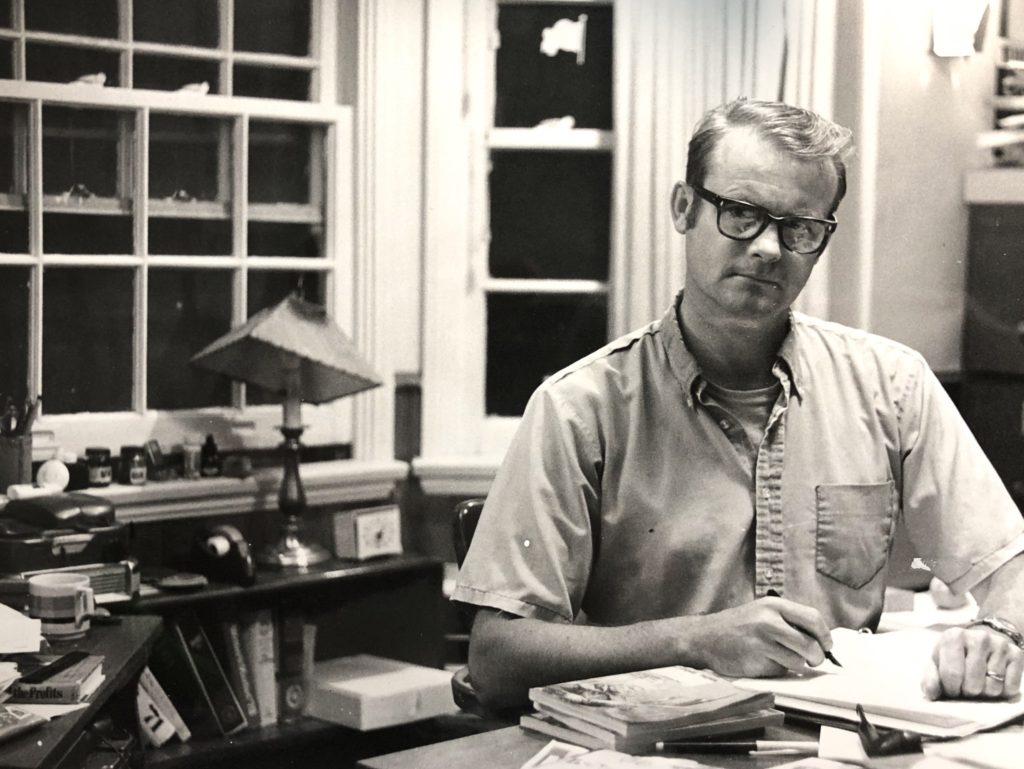
It was here in a little house in the San Fernando Valley that a wonky aerospace engineer and former college professor was asking How Do We Get Back to Space and What Do We Do Once We Are Up There?
In That Buck Rogers Stuff Jerry Pournelle lays out his fascination with technological solutions for the problems of the 70’s and beyond. It was a world filled with future predicting and an enthusiasm that required BOLD assertions of certainty.
Written on an IBM Selectric typewriter during an Analog time, these predictions will later be fully explored in classics like Starswarm which introduced Artificial Intelligence or the 1973 space opera The Mote in Gods Eye which explores the societal effects of a 1000 year library as a precursor for cloud computing. But before the future building, motivation for the population had to be reinvigorated…and to do that…Jerry would borrow a Heinlein and L Ron Hubbard world of his young adulthood. The science fiction of ASTOUNDING, ANALOG, and AMAZING STORIES would be his bully pulpit and the yarns of big dreams would come across in essays like Survival with Style and That Buck Rogers Stuff.
Beyond the technology, there are goals for saving humanity in Jerry’s essays. From smart government forms to solving world overpopulation, Jerry addresses class warfare, government bureaucracy and environmental catastrophe-solutions with scientific elan, the packaging of Madison Avenue and the wit of a poet.
Part engineer and part political wink, Jerry imbues the possibility of the future as hopeful. In That Buck Rogers Stuff set for 2020 publication, you’ll see Jerry’s inspiration (and calculations) for forecasting scientific advances to save civilization in our lifetime.
Take a look back at how this hard science fiction author approached future-casting of Space Travel — on a slide rule –to inspire us back into space.
Before Lucifer’s Hammer, Mote in Gods Eye, Oath of Fealty or the New York Times Bestseller Footfall, it was Jerry Pournelle in a Southern California bungalow dreaming of pocket computers and laser launch sites that became a multi-fingered practice in Science Fiction and Fact. Chaos Manor. In example for Lucifer’s Hammer, Jerry had to estimate the physics and impact of a celestial body without direct access to JPL computers.
See the roadmap in which Jerry bases his advocacy: from micro-gravity experimentation to space based solar, laser launches to archetypical colonies and space travel between the stars.
See the notes, engineering and calculations that went into Mote in Gods Eye and predicted just how we would voyage to Mars, the Van Alden Belt and beyond.
With updated comments by Larry Niven, new period appropriate photography plus updated graphics and reader quotes currently working in the commercial space industry.
Created out of Galaxy Magazine from 1974-1977, this updated retrospective is both a nostalgic perspective on analog computing as much as How Knowledge is Explored. Originally published in numbered copies as a limited edition 500 print run. A collectors item now selling on Amazon for over $233. Updated for 2020 with new graphics.
Newly added to That Buck Rogers Stuff is an essay and artwork titled BARDS OF THE SCIENCES.
In 1978 Jerry predicts that Science Fiction would grow from a 25,000 person audience to the mainstream with millions of fans following the success of Star Wars and later ComicCon.
“Gather round”, said the storyteller “and I’ll sing to you of humans who wrote fiction about science and themselves. And how what they wrote changed what they wrote about”
Permission for artwork is sought from Judith (nee Bozik) Villani survivor of artist Ron Villani who died just 2 months after Jerry’s passing.

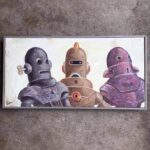


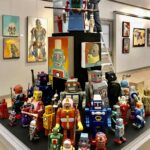
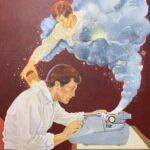


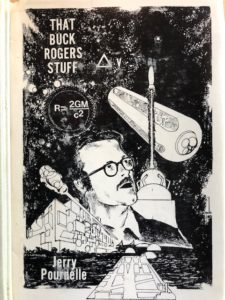
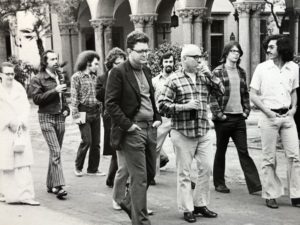
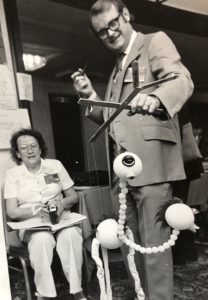
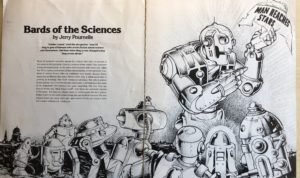
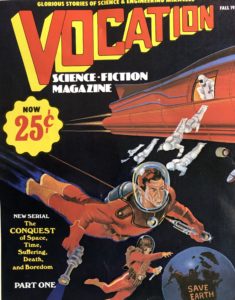
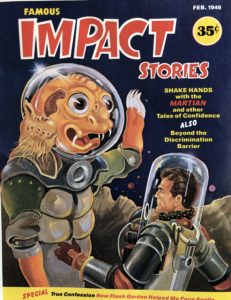
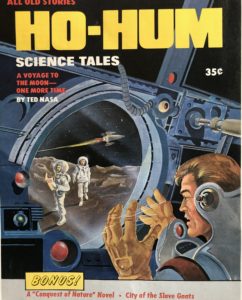
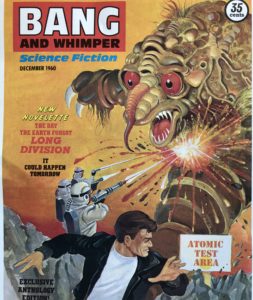
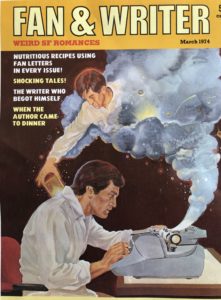
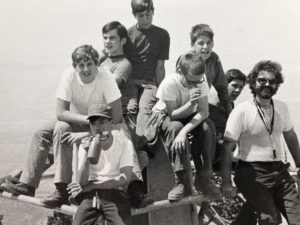
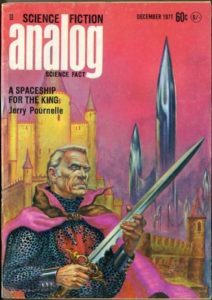
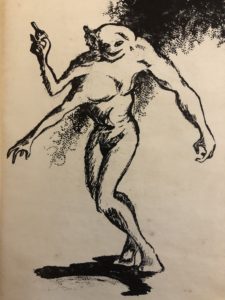


I still miss the man I called friend, Jerry the P.